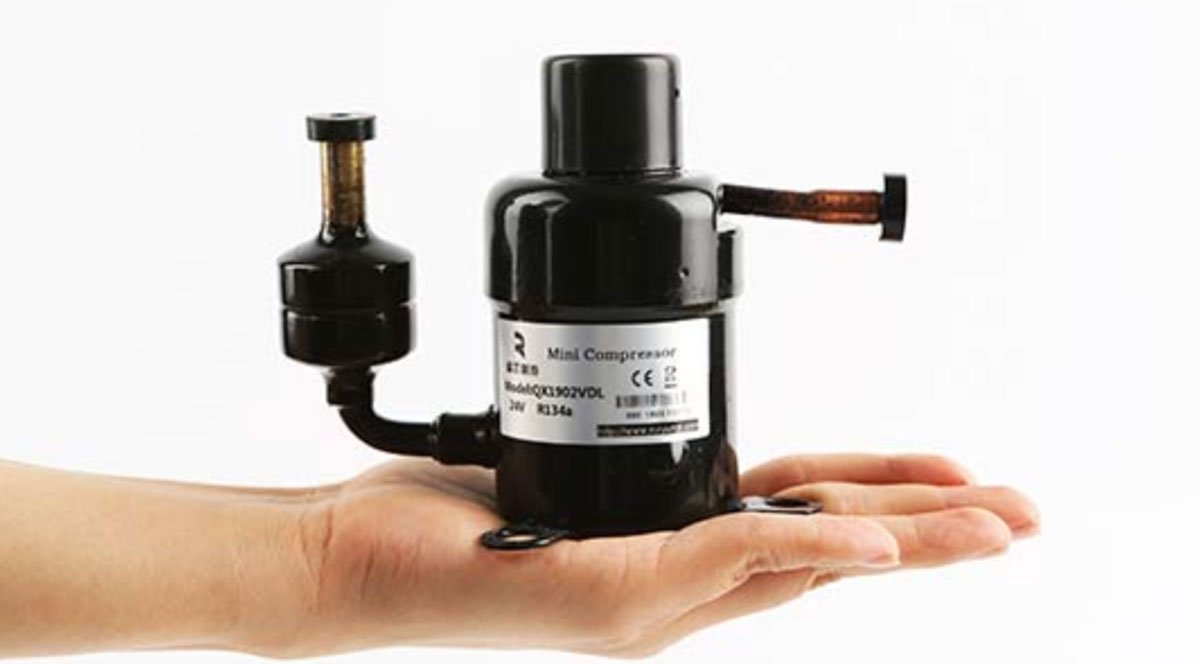In industries where extreme temperatures are a daily challenge, the use of heat-resistant coatings is essential to protect equipment and structures from heat-related damage. These coatings have undergone significant advancements in recent years, offering improved performance and durability in the face of extreme conditions. In this article, we explore the evolution of heat-resistant coatings and the innovative technologies that have emerged to provide superior thermal protection.
The Longstanding Legacy of Protective Coatings
Throughout history, heat-resistant coatings have been utilized for various purposes, with early instances involving the use of rudimentary clay-based substances to coat pottery. Not only did this enable them to withstand the extreme heat inside kilns more effectively, but it also enhanced their overall strength. Over time, the growing need for advanced and sophisticated heat-resistant coatings has become apparent across various industries. These comprise the aerospace and automotive fields, industrial procedures, and construction materials, all of which necessitate inventive approaches to defend against high-temperature risks.
Dealing with High Temperatures
Various applications face the dilemma of coping with extreme temperatures. In the aerospace field, for example, spacecrafts and rockets undergo immense heat upon re-entry into Earth’s atmosphere. Similarly, industrial furnaces and kilns in manufacturing operate at high temperatures, and automotive engines produce significant heat during their functioning. These instances require coatings that can resist even the harshest conditions.
Coatings Derived from Ceramics
Ceramic-based coatings have been a long-standing solution for thermal resistance. Their ability to withstand intense temperatures makes them crucial in safeguarding essential components. Cutting-edge ceramic coatings are frequently utilized in aerospace and automotive industries, offering a protective barrier that can withstand temperatures exceeding 2,000 degrees Fahrenheit. These coatings are applied as a thin layer, functioning as a crucial shield against scorching heat.
Exploring Nano-Coatings: The Latest Breakthrough
A groundbreaking innovation in the heat-resistant coatings industry is the integration of nanotechnology. By utilizing the distinct characteristics of nanoparticles, nano-coatings improve heat resistance, minimize heat absorption, and establish a more effective shield against extreme temperatures. These coatings are intended to be slimmer and lighter than conventional ceramic coatings while maintaining similar or even enhanced heat resistance. Nano-coatings have found their niche in sectors where weight and space constraints are paramount.
Advancements in Ceramic Matrix Composites (CMCs)
Ceramic Matrix Composites (CMCs) serve as another exceptional development in heat-resistant coatings. CMCs are composed of a ceramic material matrix fortified with fibers such as silicon carbide. This fusion creates lightweight and highly heat-resistant coatings, making them optimal for aerospace and aviation applications. The aerospace sector has experienced significant advantages from incorporating CMCs into heat-resistant elements such as jet engine components and thermal protective systems.
Fire Sleeves
One of the innovative applications of heat-resistant coatings is the fire sleeve. This sleeve is designed to protect critical wiring, hoses, and cables from exposure to high temperatures and open flames. Fire sleeves are commonly used in industries like aviation, automotive racing, and industrial manufacturing. They provide an extra layer of protection to vital components, ensuring their integrity even when exposed to extreme heat or flames.
Environmental Factors
As global awareness of environmental issues grows, the demand for heat-resistant coatings that provide excellent protection and are eco-friendly is increasing. To reduce environmental impacts, manufacturers are seeking sustainable options and low-VOC (volatile organic compound) coatings. These advances support the worldwide movement towards environmentally responsible manufacturing processes.
Obstacles in Heat-Resistant Coatings
Although there have been considerable improvements in heat-resistant coatings, some challenges still persist. Researchers and producers are continuously working to enhance the durability and lifespan of these coatings. The continuous growth of industries and applications requiring heat resistance creates ongoing difficulties in creating coatings capable of withstanding harsher conditions for extended periods.
Heat-resistant coatings have come a long way from primitive clay-based solutions, evolving into sophisticated, high-performance coatings that can endure extreme temperatures. Advancements in ceramic-based coatings, nano-coatings, ceramic matrix composites, and innovative solutions like the fire sleeve have expanded the applications and capabilities of heat-resistant coatings. As industries continue to push the boundaries of extreme environments, research and development in the field of heat-resistant coatings will play a vital role in ensuring the protection and safety of critical equipment and structures. The quest for improved durability, sustainability, and performance remains an ongoing pursuit in the development of heat-resistant coatings, making this field ripe for future innovations and discoveries.










